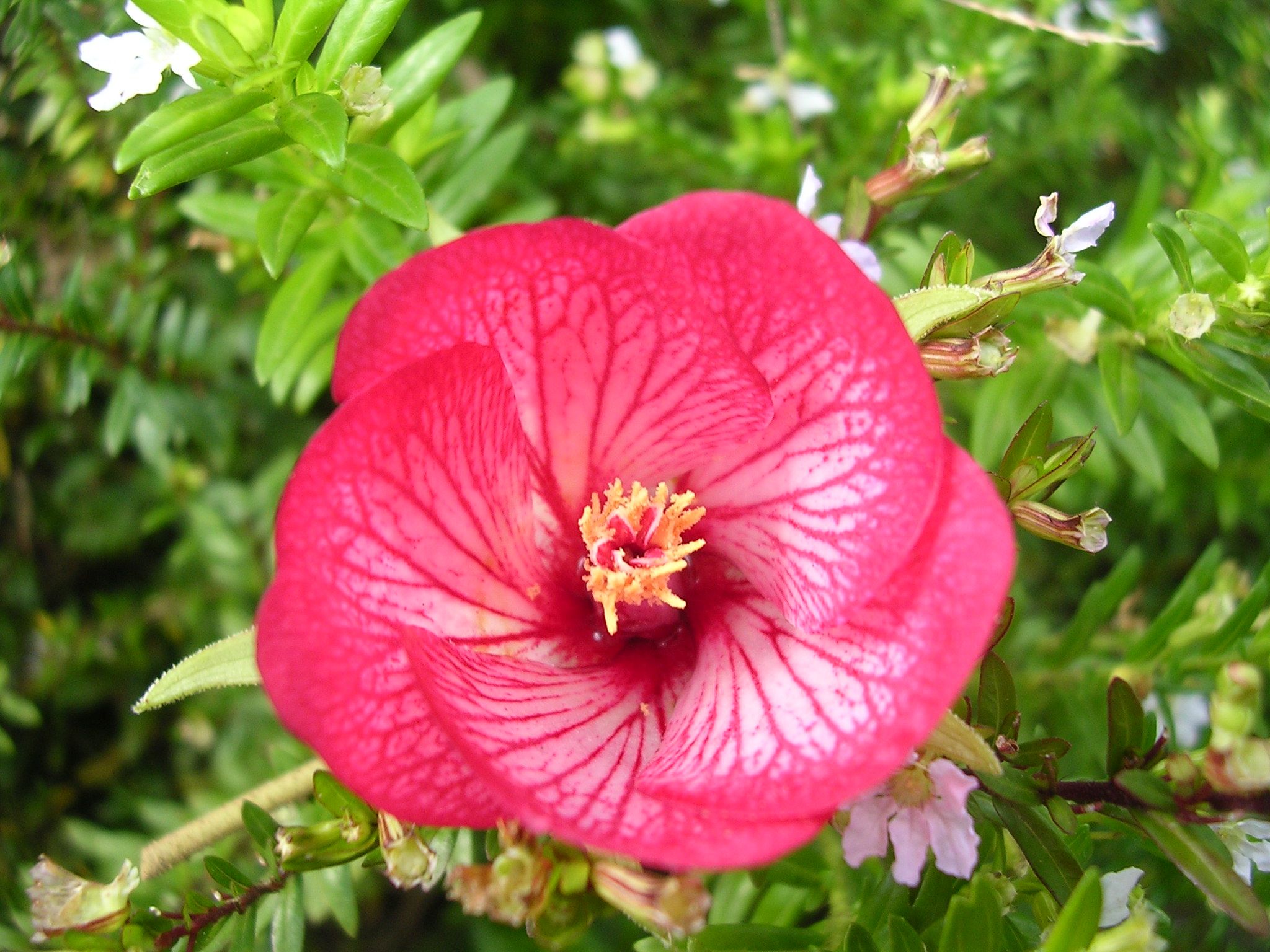
Flora and fauna in Mauritius
- 07/05/18
- Uncategorized
Mauritius has a great diversity of fauna and flora; very impressive for such a small space. It is because of its volcanic origin, time, isolation and its unique area. Mauritius has 670 species of native flowers, with about 45% of it endemic to the island. Many endemic plants became rare because of the destruction of their habitat.
During the colonization of the island, only a few animals have found refuge on the island by plane or by boat, mostly birds and reptiles, but no mammals except for bats. It is interesting to note that no amphibian lives on the island. Ile aux Aigrettes, on the southeast coast of the island, is used for the reconstitution of native forests and the reintroduction of rare species on the island.
Fauna
The Mauritius Kestrel once was named the rarest bird in the world, because there were only 4 specimens in the 1970s. It is the only bird of prey of Mauritius and the rarest falcon in the world. Over the last 23 years, an intensive captive breeding saved this beautiful Kestrel from extinction.

The Pink Pigeon is the rarest pigeon in the world and was found everywhere on the island in the past. This species is now only found in the forests of the wet Highlands in the southwest of the island. A captive breeding program began in the 1980s. The wild population of Pink Pigeon now account over 250 birds, compared to a total as low as 15 to 20 in 1985.

The Echo Parakeet has been largely limited to the crest of the Macchabee forest in the National Park due to the catastrophic decline of its natural habitat. With a minimum of 20 to 25 birds in the 1990s, projects have been launched to save the rarest parrot in the world, the only endemic parrot in Mauritius.

For their size, the Mascarenes islands (Mauritius, Reunion and Rodrigues) were once occupied by several species of unique reptiles, most of them in Mauritius. However, the arrival of humans, the destruction of habitats and the introduction of non-native plants and animals have caused the extinction of reptile species in Mauritius.
The island was once home to endemic turtles. Unfortunately, they disappeared in 1844. Fortunately, analog species have been introduced in the country, namely the giant turtle of Aldabra which can be seen in some parks, such as Casela, and on Île aux Aigrettes.
Flora
Maurice was a patch of green, lost in the Indian ocean. In the past, a compact forest covered the entire island, except on certain points of the coast. And the splendid forests of “exotic wood”, with ebony trees have been tempting for merchants and captains. Quickly, the Mauritius Ebony wood had a great reputation in the European markets. The Dutch have massively exploited the Ebony wood, thinking it was an unlimited resource.
Trochetia Boutoniana or the Boucle d’Oreille, is the national flower of Mauritius. It was named after the famous French botanist Louis Bouton and is endemic to the island of Mauritius. It is now found on a single mountain in Mauritius, but you can see it in some gardens on the island. This flower is a beautiful shrub reaching about 2 to 3 meters in height with orange-red flowers that bloom from June to October.

Exotic red Anthurium plants represent the island and are often used as gifts. Mauritius is a major exporter of anthurium flowers for South Africa, Europe, and Australia. Picked early in the morning, the anthuriums are sold in packs that last at least 4 days, without water. At Quatre Bornes market, there are a lot of florists. The colors of the Anthurium vary from satin white to frosted pink and from bright orange to crimson red.
 There is also an abundance of delicious fruit, especially in summer: many varieties of mangoes, lychees, pineapples, avocado, longan, various lemons, guavas, papayas, jamalacs, cherry etc… As imported fruits over time have invaded the local stalls, people generally buy apples, oranges, plums and kiwis… However, imported fruits cannot replace the local ones for the making of chutneys and pickles.
There is also an abundance of delicious fruit, especially in summer: many varieties of mangoes, lychees, pineapples, avocado, longan, various lemons, guavas, papayas, jamalacs, cherry etc… As imported fruits over time have invaded the local stalls, people generally buy apples, oranges, plums and kiwis… However, imported fruits cannot replace the local ones for the making of chutneys and pickles.

